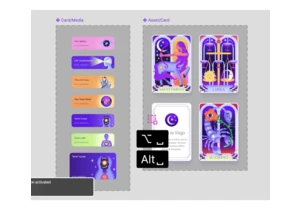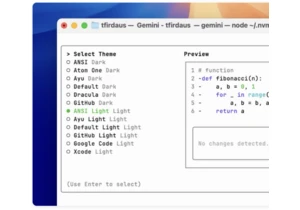CSS has “logical properties” which have the unique ability to follow the flow of language. You might be working on an website in English, which is left-to-right and top-to-bottom, but other languages might flip either or both of those. In English, we know what margin-right does, but can quickly become the wrong choice if the direction of a web page is flipped, perhaps during translation. https://webdesignernews.com/should-we-never-use-non-logical-properties/
Login to add comment
Other posts in this group

Advanced open-weight reasoning models to customize for any use case and run anywhere. https://webdesignernews.com/openai-just-released-open-models/

TLDR: This is the year that AI has taken over UX. In this article, I explain why and give an update on my method of using AI for UX research, focussing on how ChatGPT’s Deep Research functionality can

Web Components are more than just Custom Elements. Shadow DOM, HTML Templates, and Custom Elements each play a role. In this article, Russell Beswick demonstrates how Shadow DOM fits into the broader

Master SVG accessibility: Learn techniques for ARIA roles, testing, and creating inclusive graphics that work for everyone. https://webdesignernews.com/implementing-accessible-svg-elements-2/

Airbnb, the paragon of a “design-led” company, is only hiring a single designer. The job requires more than a decade of experience. There are probably hundreds (possibly thousands) of applicants. The

For millions, navigating digital tools with a keyboard isn’t just about preference for speed and ergonomics—it’s a fundamental need. As part of our ongoing effort to make Figma more accessible to all,

If you’re a developer, it can help you work faster as it allows you to talk to your system and code in plain English. Aside of dealing with code, you can use it for, writing, research, and more. It’s
